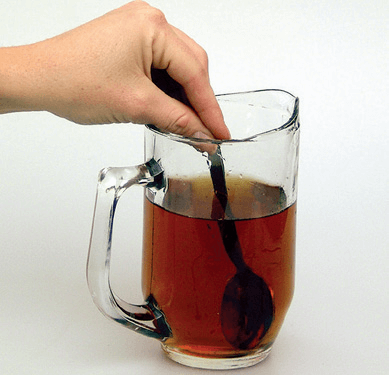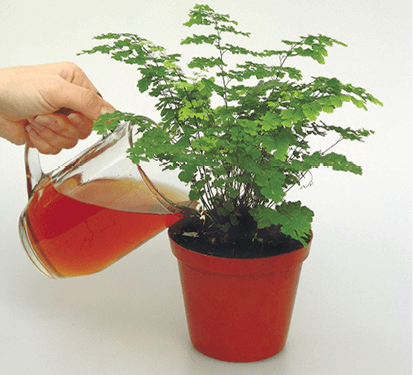[Ebook Việt hóa] The Houseplant Handbook: Basic Growing Techniques and a Directory of 300 Everyday Houseplants, Phân bón
[Ebook Việt Hoá] 300 Everyday Houseplants: Feeding (Bón phân)
- Nguồn: [Ebook] The Houseplant Handbook: Basic Growing Techniques and a Directory of 300 Everyday Houseplants – David Squire
- Biên tập: Dũng Cá Xinh (Tháng 02/2022)
- Dịch: Team Codai.net
English
To remain healthy, plants need a balanced diet throughout their lives. For most, this is provided by compost in a pot, with the addition of regular feeding or, for plants in large pots, top-dressing. Regular feeding makes a remarkable difference, and there are three main ways to do it.
- Liquid fertilizers are the traditional, easiest, and most widely used choice for feeding houseplants. Concentrated fertilizers are diluted in clean water and applied to potting composts. First read the instructions and add the correct amount to clean water. Agitate and apply to moist compost. Many bromeliads have urns at their centers (resembling small vases formed by leaves); keep these topped up with water, and add weak liquid fertilizer, usually from spring to late summer.
- Fertilizer pills and sticks are more recent innovations. They are pushed into the compost to provide food for several months. They are best used in spring and up to midsummer. If they are used in late summer, they provide food when some plants are resting. Unfortunately, unlike liquid feeding (which encourages the development of roots throughout the compost), pills and sticks concentrate nutrients in one position, resulting in an uneven spread of roots.
- Foliar feeds are ideal for houseplants that can absorb nutrients through their leaves. Air plants are normally fed in this way. Plants rapidly respond to foliar feeding, and the technique is best used as a tonic for plants with smooth, non-hairy leaves. Avoid spraying flowers or using foliar feeds when plants are in strong sunlight. Strong foliar feeds will burn the leaves.
Remember that not all houseplants need feeding at the same frequency throughout the year. While most are fed during summer, not all need feeding in winter (see the plant directory in Part Two for details). Before feeding a plant, check that the compost is moist; this decreases the risk of roots becoming burned by strong chemicals and helps spread plant foods throughout the compost.
Feeds that are too strong soon damage roots, so it is essential to adhere to the manufacturer’s instructions. To avoid root damage, it is better to provide a plant with a weak liquid fertilizer than one that is too strong.


Tiếng Việt
Đang cập nhật
![[Ebook Việt Hoá] 300 Everyday Houseplants: Feeding (Bón phân) [Ebook Việt Hoá] 300 Everyday Houseplants: Feeding (Bón phân)](https://vn1.vdrive.vn/codai.net/2021/02/ebooks-300-houseplants-07-top-dressing-large-houseplants.jpg)


